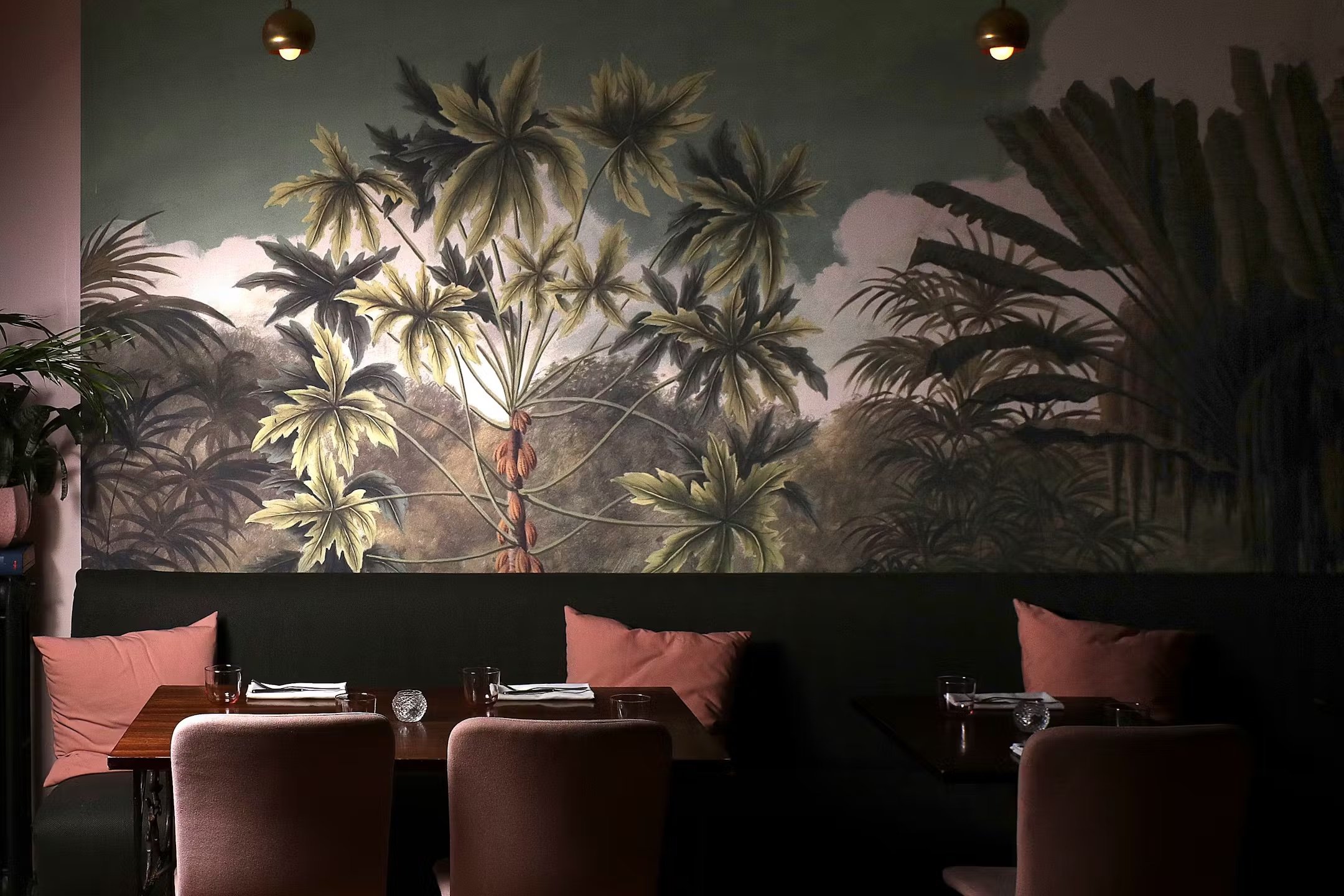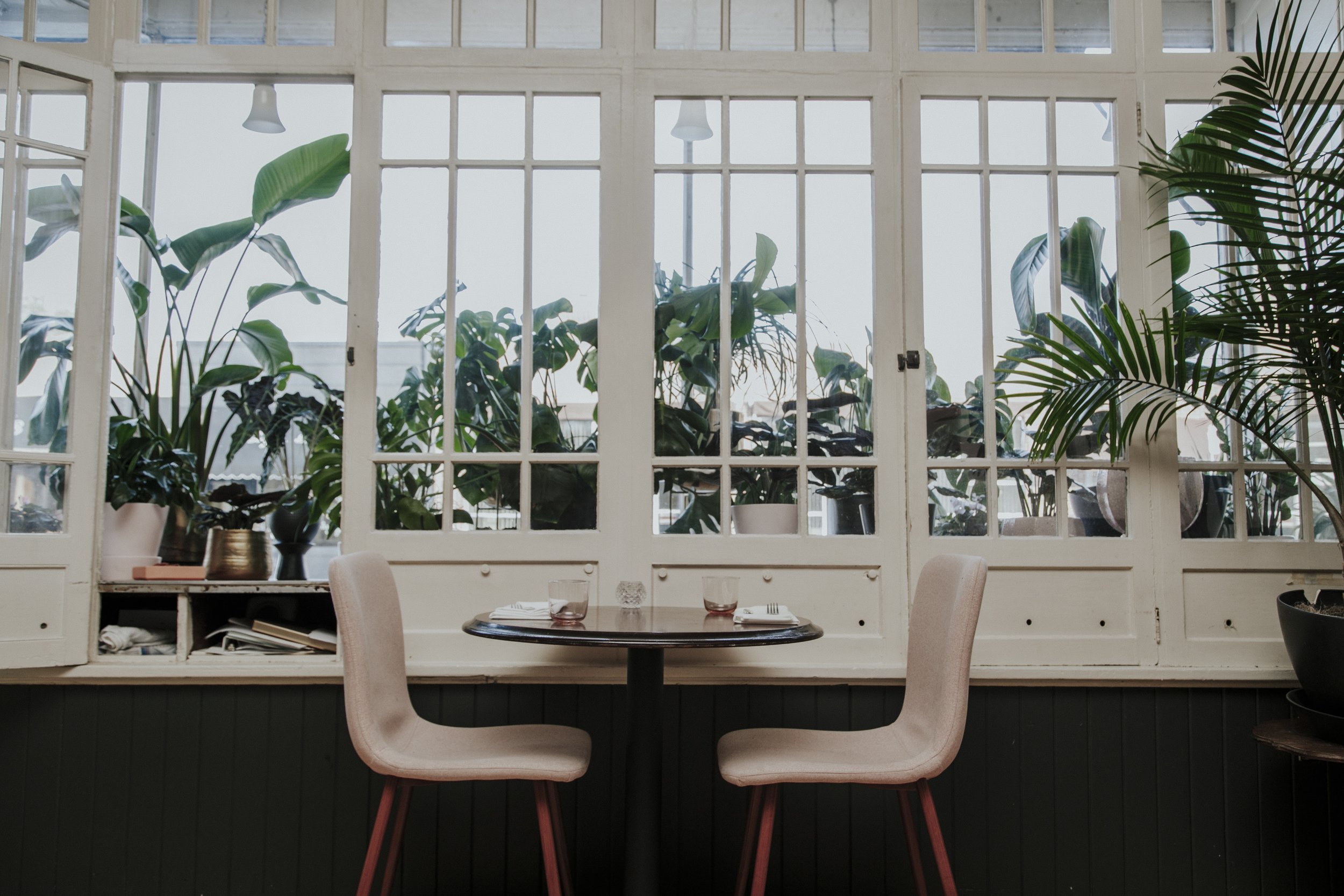Stories from Grand Cafe — Part 1: A Pink Dream
It was 2014.
I was running Sea Change at the Guthrie. I had been doing consulting work, a lot of pop-ups— very typical chef’s life and career. I had a couple of years of winning awards— my first few James Beard nominations, Food & Wine recognition— a whirlwind of opportunity after opportunity.
At the same time, I was coming off a period of cooking that was molecular gastronomy, with everyone trying to prove and define themselves through obscene creativity. I played that game for a while, but I didn’t connect with it.
Since I was a teenager, I’ve been obsessed with French cooking— their whole sentiment around life and food. I thought: How can we explore classical French cuisine and give it modern updates? I started to focus my cooking on that approach instead of following what everyone else was doing. I had an I’m home moment— this is what I want to be cooking, always and forever.
There needed to be a restaurant that was truly charming, authentic, and seductive. A lot of cool things were happening, but to me, it seemed like everyone was holding back in some way. I thought, What do I really want?
I wanted a restaurant that I wanted to go to.
“Well, I choose Grand.”
I was in the process of opening another restaurant, Brut, with Erik Anderson. It had full funding, we signed a lease, we had the keys. I used to sit in the empty space and drink champagne with my friends, thinking, This is my restaurant. Then the owners of the original Grand Cafe called me. They were trying to sell the restaurant and needed someone to revitalize it a bit so they could make enough money to eventually sell it. I agreed to take it on.
I stood in the Grand space and felt its oldness, and I wrote this very pure menu— blanquette de veau, poached carrots, sweetbreads. It was the expression of what I had cared about throughout my whole career.
I was in service one night, and it came to me: I need to buy this restaurant. This is what I need to do.
Erik and I were concepting Brut together, and the idea was to have his-and-hers restaurants, Brut being the masculine counterpart to Grand. I told the CEO behind the Brut funding that taking on Grand was something I was meant to do, something I couldn’t walk away from, and that we could manage both. But he was like, You have to choose.
Without hesitation I said, Well, I choose Grand.
So, I walked away from a fully funded restaurant to follow my dream. I negotiated with the original Grand owners to buy the restaurant, and we closed the doors for three months to breathe new life into Grand. We did everything ourselves— the redesign, the banquettes, the painting. Just me, my family, and my friends.
A balancing act of juxtaposition
The Grand space was perfect for the kind of food and experience I wanted to create. One of the reasons I leaned ultra-feminine was because the antique bread oven was in the main dining room. It stayed on during service, filling the room with the smell of grandma’s kitchen. The only way to describe it is glowy— it radiated warmth and embodied that feminine feel. I would have created something feminine and nurturing anyway, but the space definitely influenced it even more.
The hand-painted wallpaper was something I discovered while dreaming up Grand. It was made in Burgundy, but the company didn’t ship. I told them, I’ll pay whatever you want, but they still wouldn’t ship. Luckily, my brother-in-law is a pilot, and he flew to Paris to pick it up :)
I painted the walls three times, studying the pink in different lighting. It had to be the perfect shade— not a baby pink, but a romantic, old-fashioned pink. Pink can easily go wrong, you know. One shade off, and the magic disappears. At the time, painting an entire restaurant pink was a big deal. I wouldn’t do it today— it would feel cheesy— but at the time, it embodied the romantic atmosphere I wanted.


To balance it out, we played loud rock and roll. Nothing was too on-the-nose. Everything was a balancing act of juxtaposition— feminine and masculine, old and new, like classic recipes plated in a modern way. Every element had that contrast.
Despite having no money, I hand-picked everything, scouring Etsy, eBay, and antique stores. Plates, trays, cordials, the iconic pink coupes. The pink glasses and carafes? Straight from Ikea. The day we opened, I had $8 in the bank. But I wasn’t scared; it didn’t matter to me. It forced me to make creative choices, and the result was so much cooler.



During those three months, there were parts that were so scary, but also so exciting. We’d finish a part of the restaurant, all my friends and family would leave, and I’d stay behind, working on the playlist and sitting alone in the room at night. I’d sit at every table just to feel how it felt. I didn’t have any doubts. My vision for Grand was exactly how it manifested. I didn’t have to overthink anything; I just knew how it was supposed to be.
Relight the candle.
As soon as guests walked in the door, I wanted them to feel charmed and transported, like they were genuinely loved and pampered. It’s not weird for humans who don’t know each other to show love, I promise!
I was influenced by a few restaurants in Paris, as well as a tiny, cool spot in New York called Mimi. They did old-fashioned, lusty French cuisine, and it really stuck with me. I wanted to bring that kind of Parisian experience to Minneapolis— but not in an obvious, overdone way. It’s like the difference between a costume and an outfit. I wanted Grand to feel like that version of a French restaurant— effortlessly authentic, not trying too hard.
The idea was to create something deeper, something that prioritized how the guests felt over showcasing myself and the ego behind the food. A lot of it stemmed from wanting to be the antithesis of what I was seeing in the industry— not because I didn’t like those things, but because I felt there was a more meaningful way. Leaning into the ego-driven chef persona, felt too easy, and honestly, it grossed me out.
I’ve always been a chef deeply involved in shaping the style of service. The ethos were all about vulnerability, and the distinction between being kind and being nice. A lot of people in the industry mistake niceness for professionalism, and I have a big problem with that. Just because you’re friendly to a table doesn’t mean you’ve truly taken good care of them.
For example, if there was one table left at 11pm and a tealight near their table went out, that’s a subtle signal they might feel unwelcome. Relight the candle. Don’t give them any clues that might take them out of their bubble.
Even how we asked questions mattered. Instead of, “Do you have a reservation?” which can make a guest feel like they’ve done something wrong, we’d say, “May I check you in for a reservation?” Service at Grand required a lot of refinement. It’s about making every guest feel comfortable, cared for, and at ease.
I felt really fearless, which is kind of wild.
I had all the confidence in the world and never second-guessed myself. But until we opened, I didn’t spend much time thinking, Will people actually like this?
Then opening night comes, and suddenly, there are real human beings sitting in your restaurant! That’s when it hits you— Are they going to like it?
Your next read: Stories from Grand Cafe: Part 2…. :)










